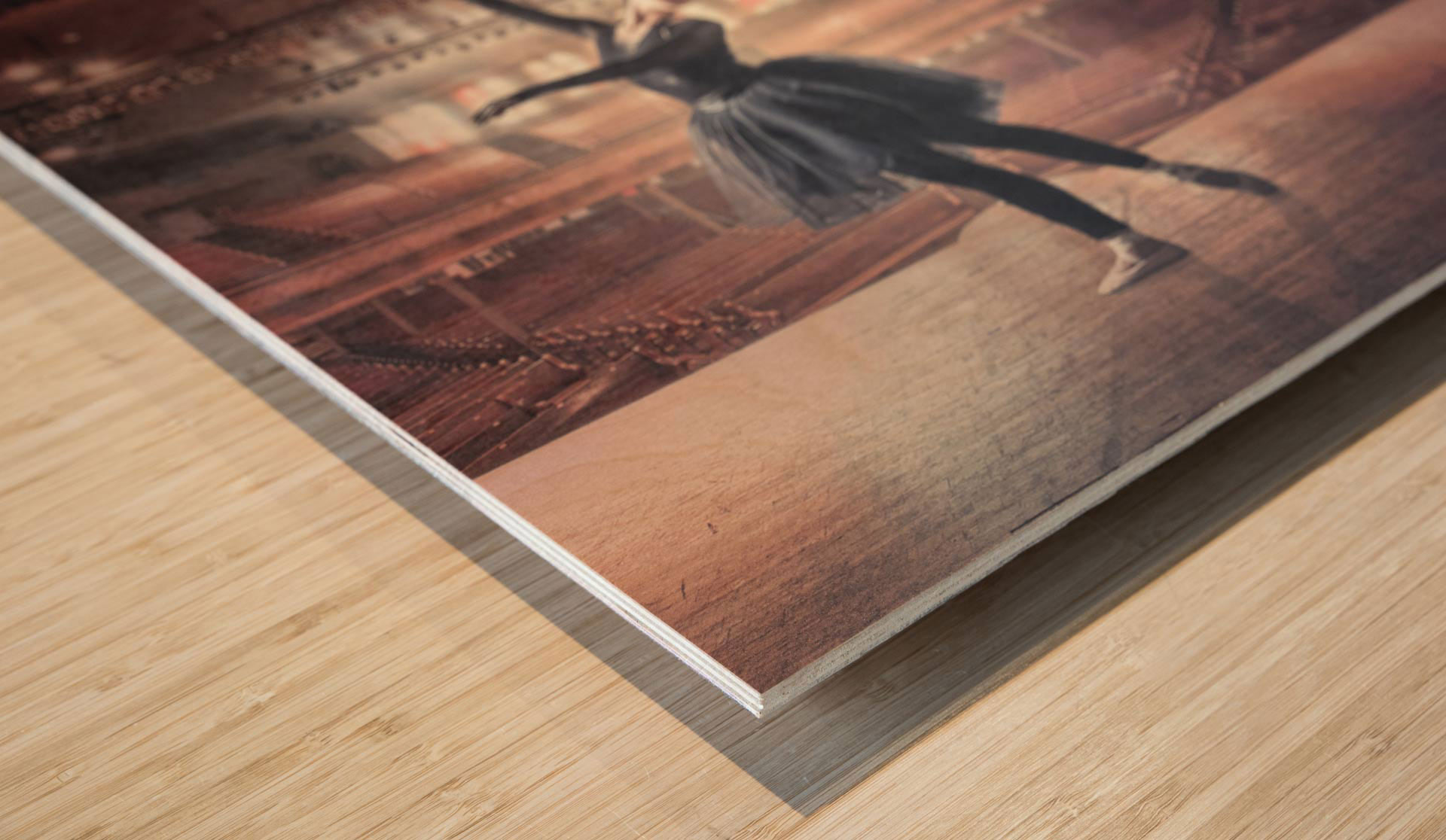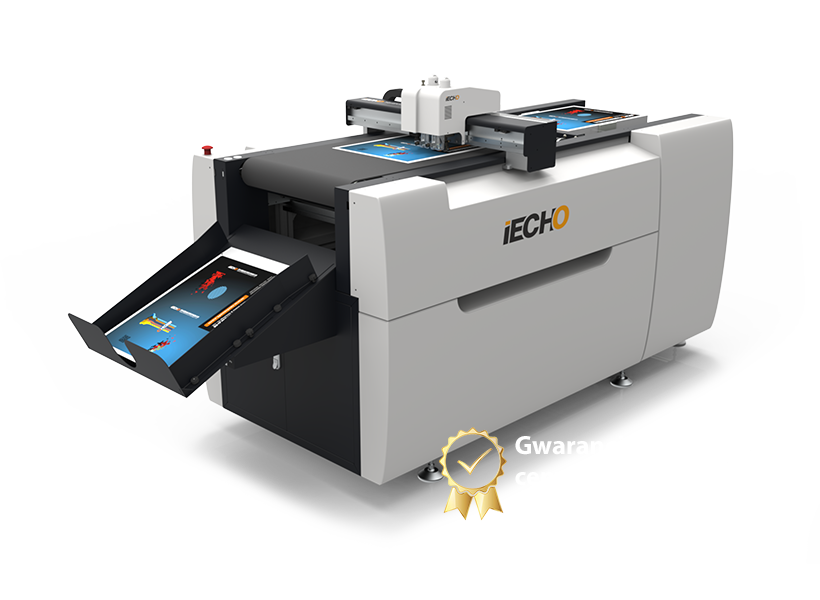UV Printing on Wood: Precision Printing on Wood Surfaces
How does UV printing on wood work?
UV printing on wood is an advanced printing technology that makes it possible to create precise prints on a variety of wooden surfaces. UV printing technology uses specialized polymer inks that are cured using UV light. This process produces a durable, resistant print of the highest quality directly on wood.
UV plotter oce arizona 318 or other professional UV printers allow you to print on wood with extraordinary printing precision. The ink, cured by ultraviolet light, forms a stable layer on the surface of the material, which works perfectly on wooden parts. Unlike traditional methods, UV allows you to print directly on the wooden surface without the need for a sub-print or other preparation methods.
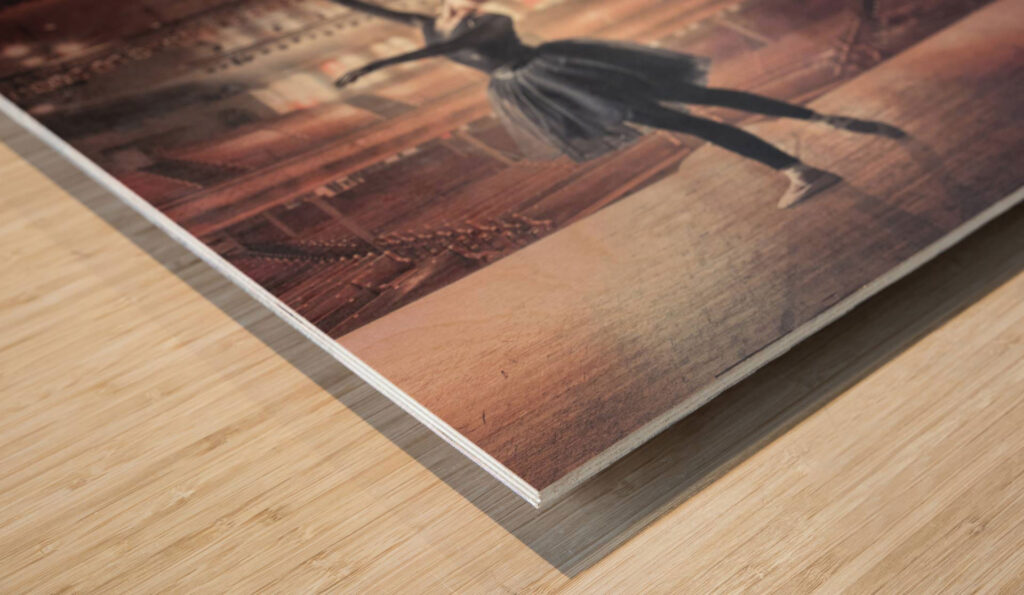
Advantages of UV printing on wood
Precision and print quality
UV printing makes it possible to achieve excellent image quality even on textured wood surfaces. UV technology uses a high-resolution plotter that precisely applies CMYK inks directly to the material. This makes it possible to print intense colors and sharp contrasts on both dark materials and light wood surfaces.
Customizable
UV allows you to create personalized items such as:
- Company logo plates
- Photos on wood
- Wooden toys with personalization
- Interior decoration elements
- Information plates
Durability of printing
UV printing on wood guarantees resistance to:
- Weather conditions (if properly finished)
- Abrasion and scratches
- Color fading
- Moisture (with proper protection)
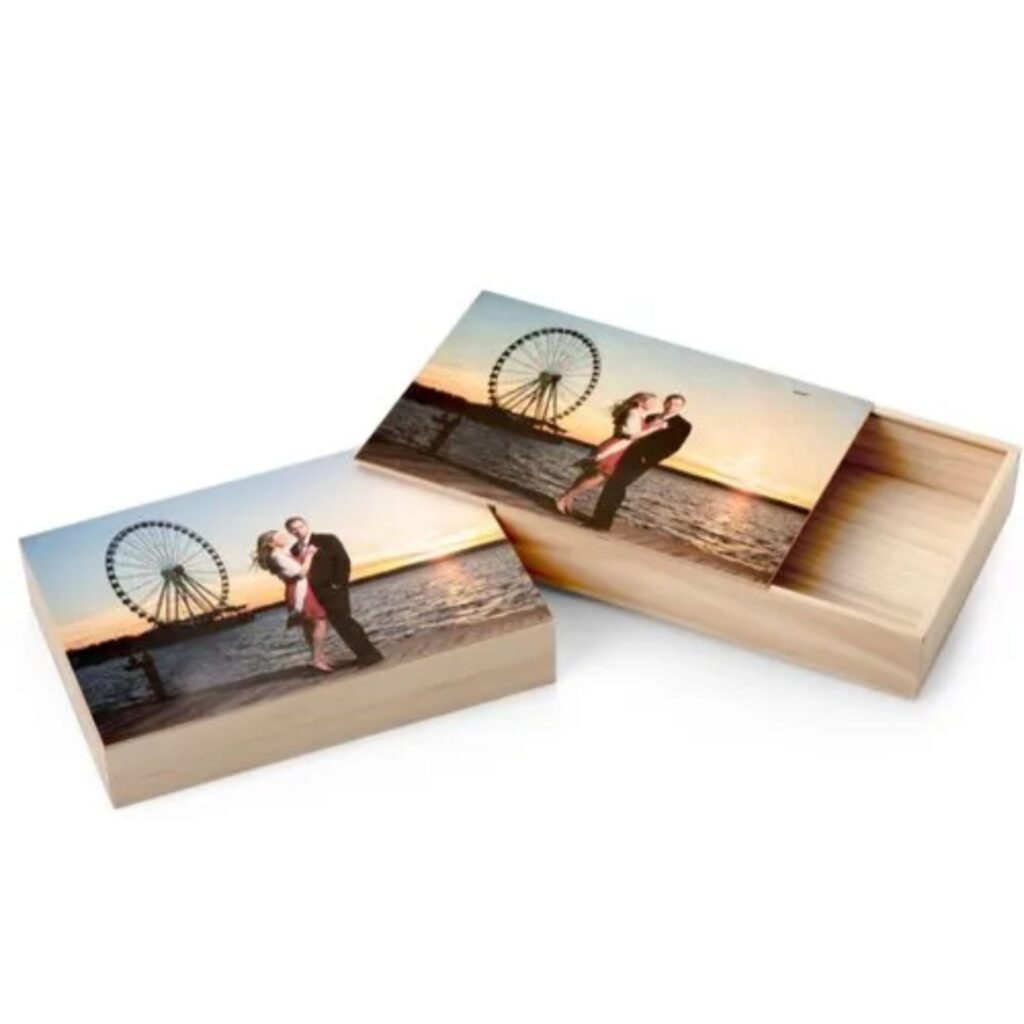
Wood materials for UV printing
Types of wood and boards
UV printing on wood using UV technology allows you to print a variety of materials:
Plywood: It is perfect for UV printing due to its smooth surface. Birch plywood is especially prized for its uniform texture.
MDF (Medium-Density Fibreboard): ideal for printing, provides a smooth surface with no visible grain.
OSB (Oriented Strand Board): A material with a distinctive texture, great for rustic projects.
Natural wood: various species from beech to oak to exotic, each with a unique texture.
Surface preparation
Before printing on wooden surfaces, you should:
- Check the smoothness of the surface
- Evaluate the absorbency of the material
- For raw wood - consider carbonation or varnishing
- Plan for possible CNC processing after printing
Print design on wood
Graphic requirements
To order printing on wood, you need to prepare a project with special attention to:
- Minimum resolution of 300 DPI at 1:1 scale
- Vector format or very high quality raster
- Incorporating wood texture into the design
- Selection of colors appropriate to the texture of the material
Adaptation to the material
Printing on wood will expose the natural texture of the material, so the design should:
- Use natural grain as part of the composition
- Consider the contrast between the print and the natural color of the wood
- Be adapted to the format and type of surface
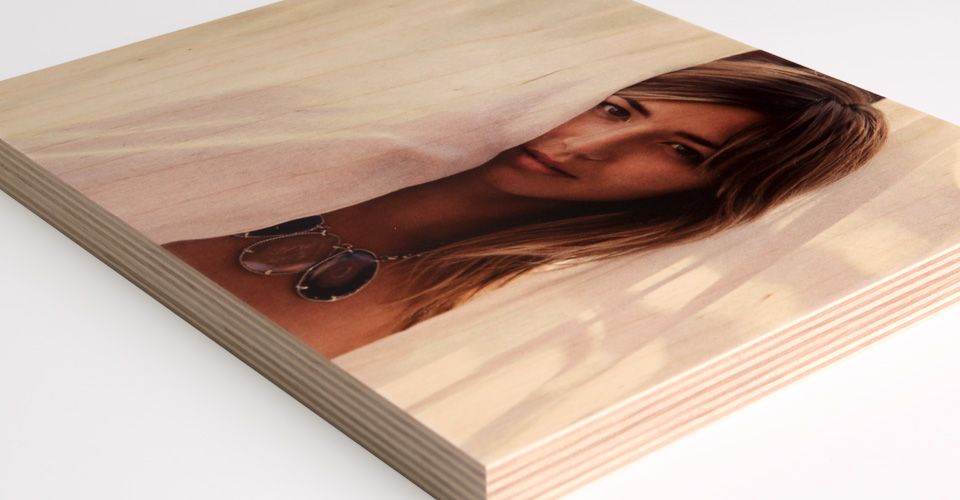
Applications of UV printing on wood
Advertising and information elements
- Plaques with company logo
- Wooden signs with UV printing
- Advertising stands
- Information pawns
Interior decoration
- Images printed on wood
- Decorative panels
- Furniture items with personalization
- Wooden frames with graphics
Personalized products
- Wine boxes with logo
- Wooden educational toys
- Corporate souvenirs and gifts
- Elements of office equipment
Technologies for printing on wood
UV vs. other techniques
Compared to traditional methods like:
- Screen printing - UV printing offers greater precision
- Engraving - allows for a full-color image
- Transfer - provides better durability
UV tecnology makes it possible to realize the most demanding projects on any wooden surface.
Supporting processes
UV printing can be combined with:
- CNC engraving for relief effects
- Varnishing for extra protection
- Cutting into shapes on a cutting plotter
Cost and order optimization
Factors affecting the price
- Type and quality of wooden material
- Size and complexity of the project
- Number of colors used in printing
- Circulation (number of pieces)
- Additional services (cutting, engraving, finishing)
Optimization of orders
To save money on UV printing on wood:
- Group orders with similar formats
- Choose standard plate sizes
- Design with technology in mind (avoid very small components)
- Consider using natural wood texture in the design
Applications in various industries
Furniture and furnishings
UV printing allows:
- Personalization of furniture fronts
- Create unique designs on countertops
- Marking of structural elements
B2B advertising industry
It offers opportunities for:
- Sign and advertising manufacturers
- Event agencies
- Corporate gadget companies
Interior design
Decorative elements such as:
- Printed wall panels
- Wooden ceiling tiles
- Bar and restaurant elements
Maintenance and durability
Outdoor use
Wood is often used outdoors, so UV printing requires:
- Additional UV-filter varnishing
- Regular maintenance
- Avoid prolonged exposure to direct sunlight
Internal use
For indoor wood components:
- UV printing retains colors for years
- Does not require special protection
- It is resistant to the usual conditions of exploatation
The future of UV technology on wood
The development of this field is moving in the direction of:
- Increase the palette of available effects
- Developing inks resistant to outdoor conditions
- Integration with Industry 4.0 technologies
- Mobile application development for design
Summary
UV printing on wood is a versatile technology for creating unique, permanent prints on a variety of wooden surfaces. From precise nameplates to personalized decorative elements to complex architectural designs, the possibilities are endless.
Choosing the right UV printing technology and the right wood material allows you to realize the most demanding projects while preserving the natural beauty of wood. Whether you plan to print photos on wood or create advertising elements - UV technology guarantees excellent results.
Investing in UV printing on wood is a forward-thinking choice that combines traditional craftsmanship with modern technologies, offering endless possibilities for creative expression on one of the most beautiful natural materials.

